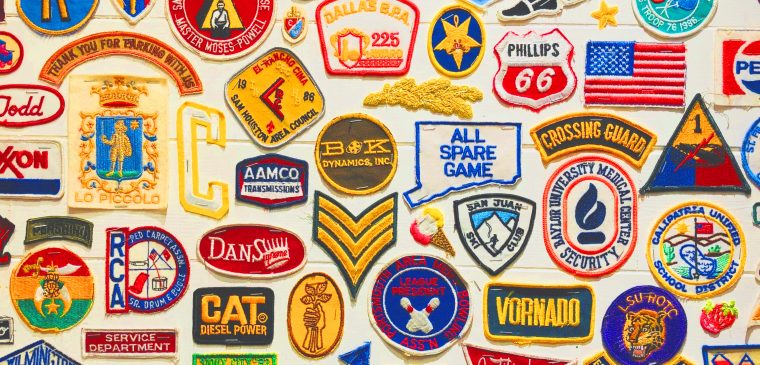
Same Same, but Different Different
Sharon Givoni Consulting Intellectual Property, Trade marks
Can two businesses use the same Brand Name?
You have started a company under a snazzy brand name, but a google search shows that the name has already been in use by another company – and they’ve trademarked it. So the big question is, can two businesses use an identical brand name?
Many of you may be surprised to hear the answer is yes. However, this is the exception to the rule rather than the rule itself, and certain requirements will need to be met.
What is a trade mark?
Firstly, a trade mark is an identifier or brand used to distinguish a company’s goods and services from the goods and services of other companies.
There are two fundamental reasons why we have laws governing trade marks. Firstly, it protects the brand owners who have invested time and effort into building the reputation associated with their band, and it would be unfair for another company to take advantage of that reputation to sell their own goods. The second reason is to prevent consumer confusion.
Do I have to register my name as a trade mark?
A company does not necessarily have to register their brand as a trade mark with the IP office. If they do, they will own that brand name and are given a monopoly on its use – but only for the company’s particular products or services.
However, if the name is later used by someone else, you may need to demonstrate that consumers associate the trade mark name with your company and your goods and services, as distinct from other companies.
For instance, distinctiveness can assist in proving association – generally the more distinct and unique a name is, such as words that are not commonly used by traders of similar goods or services, the more likely that the name is associated with your company alone.
A Whopper case study
However, even if a name lacks distinctiveness, in some situations a company can demonstrate the mark distinguishes them from other traders through a long period of use. Consider this example – whilst “Whopper” lacks distinctiveness as it is descriptive of size, due to its extensive period of use by Hungry Jacks, consumers have come to associate that mark with the company and distinct from other companies.
Can two companies use the same name at the same time?
Generally speaking, the law in Australia will not allow the use of the same brand name for the same goods or services, and the company that is allowed use of the name is usually determined on a first-come-first-serve basis.
There are situations where two companies can both use a trademark at the same time – the law calls this honest concurrent use. If two businesses have been using the same name and doing so honestly and concurrently, the law allows them to co-exist. Especially in the present digital age, there is a lot more room for confusion and businesses are generally more aware of their competitors, and so the law accommodates for such circumstances.
The other situation where two companies can use the same trademark is if they are in a different category of goods or services, as long as there is no risk of consumer confusion. For example, think about Dove chocolate and Dove soap – these are exactly the same name but used by two completely different companies selling different products in a different market category.
What if the names are similar but slightly different?
Even if two company names are not identical, the law will not allow certain situations where two brand names are deceptively similar.
In this case, the outcome will depend on whether there is a risk of consumer confusion. For instance, if there is a more well known or unique a trade mark is, the higher the risk of consumer confusion if someone were to use a similar name.
When does infringement occur and what happens?
If a company does use another company’s trade mark, and does so dishonestly, this constitutes infringement and the registered trademark owned can seek compensation from the infringer. This may involve monetary damages, which would be determined by factors such as a loss of sales due to the consumer confusion, and ultimately decided on a case-by-case basis.
